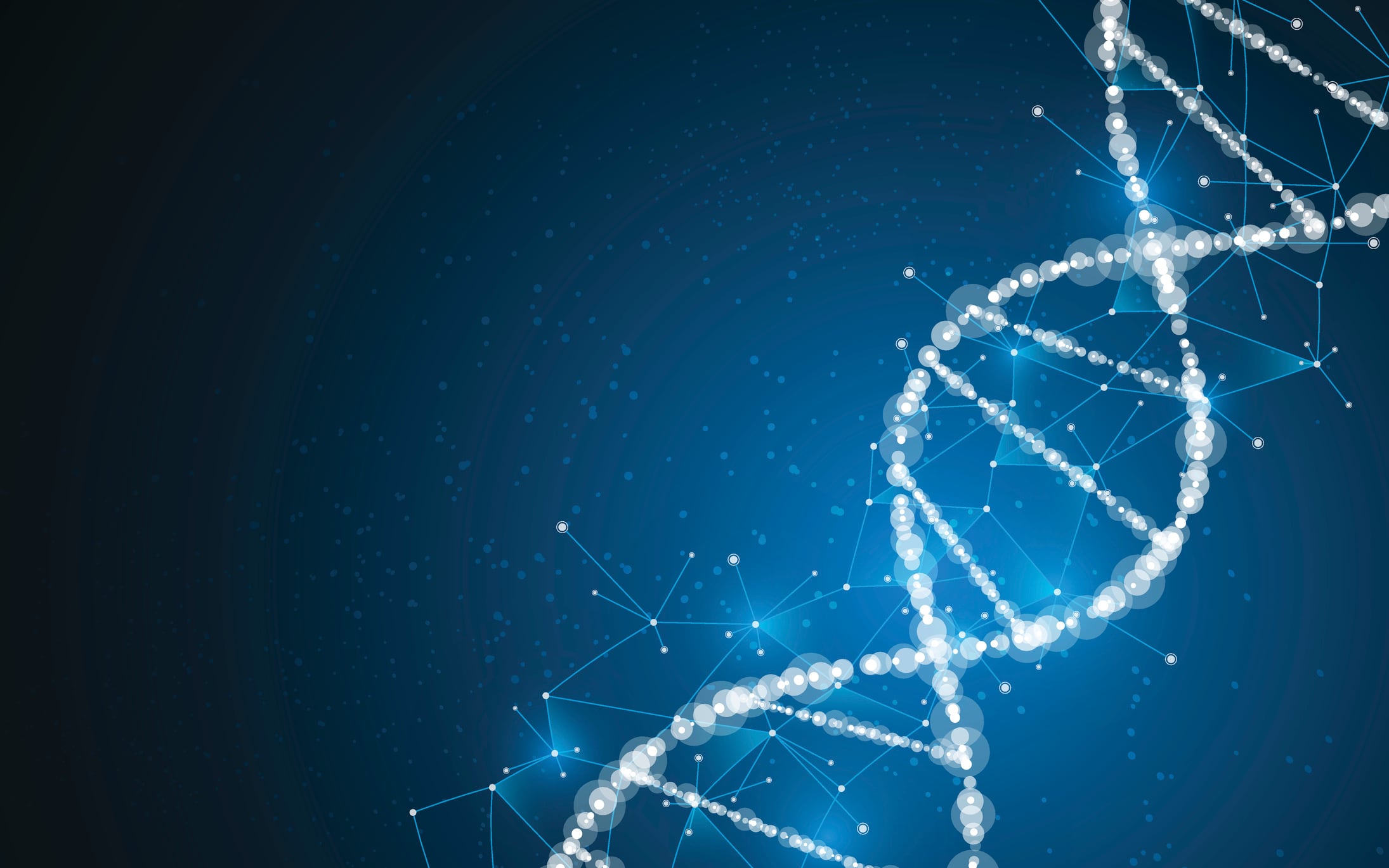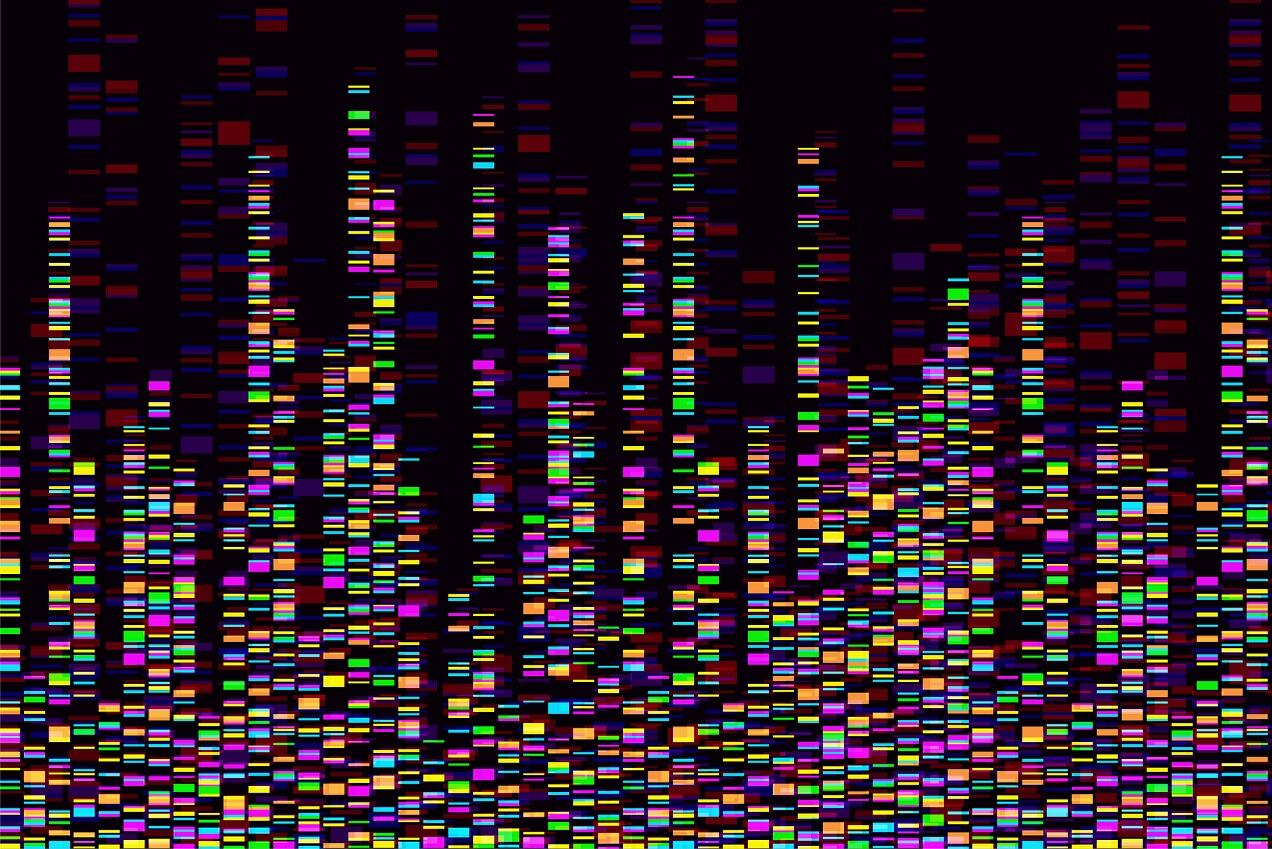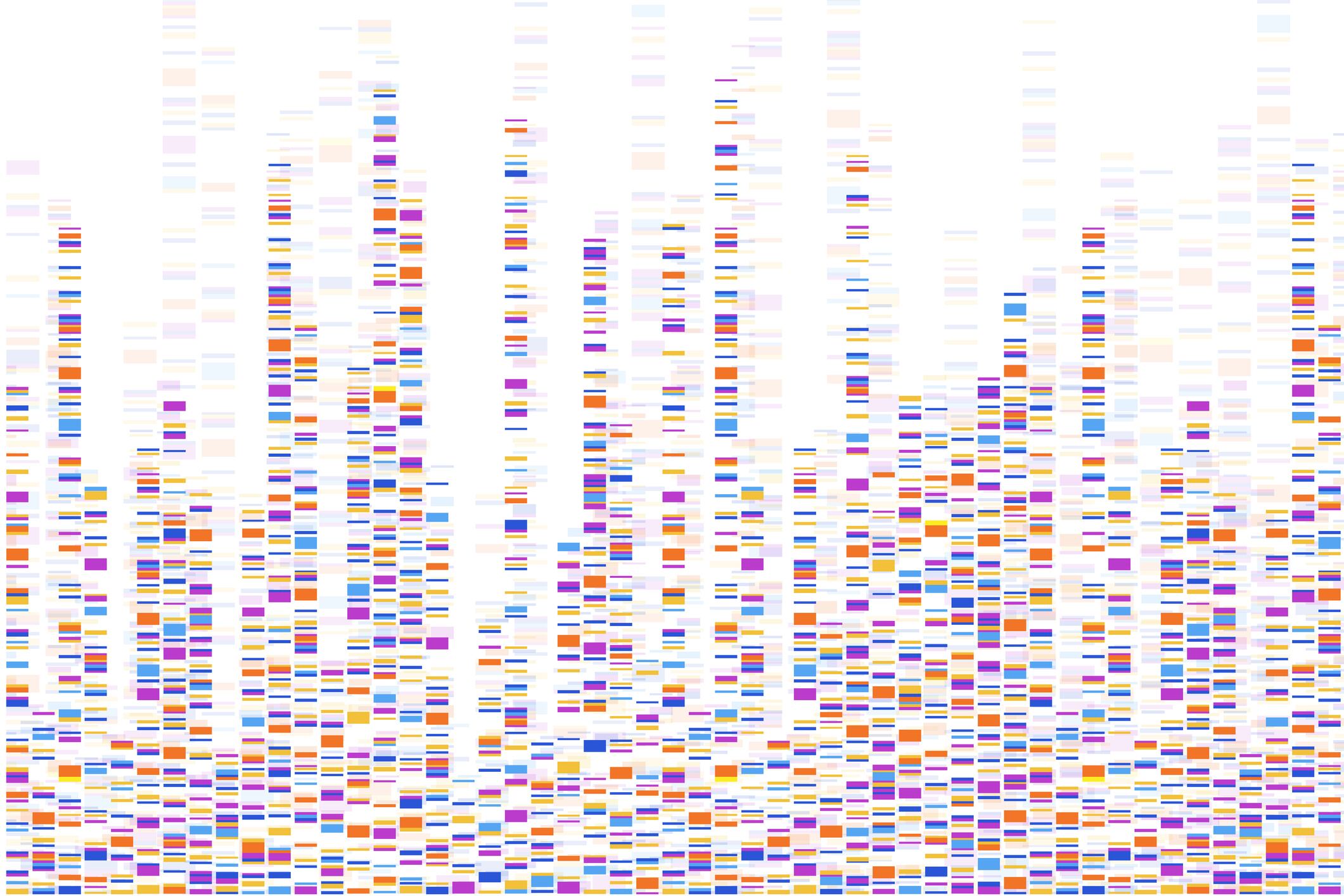The question of ‘DNA fingerprinting’ came to the fore during the high profile investigation of the industry in 2015 led by then New York Attorney General Eric Schneiderman. Based on work done at the University of Guelph by Steven Newmaster, PhD, Schneiderman alleged that botanical supplements sold by several prominent manufacturers were either understrength, mislabeled or contained various contaminants.
DNA testing started out under a cloud
Industry stakeholders were quick to respond that Newmaster’s work was rife with errors and that the DNA tests had been misapplied and their results mischaracterized. One major criticism was that many of the products besmirched by Schneiderman were based on extracts, which could be expected to contain little to none of the intact DNA of the parent plant, while they might still test positive for stray bits of DNA from other things, such as the houseplant in the lobby of the testing lab. The existing DNA tests available in 2013 were incapable of saying much about the quantity of a material present, but this was something that Schneiderman never admitted publicly.
The manufacturers, led by GNC, eventually came to an agreement with Schneiderman in which it was more or less baldy stated that there was nothing wrong with the products in question. The NYAG office essentially chose to move on and let the matter drop rather than admit a mistake.
Scientific competence, ethics called into question
In the meantime, the veracity of Newmaster’s 2013 paper has come under heavy fire. Last summer a 43-page allegation letter was sent to the University of Guelph by eight researchers from UG, the University of Toronto, the University of British Columbia, and Stanford University calling for the retraction of the paper.
A University of Guelph panel concluded that even though Newmaster “displayed a pattern of poor judgement and failed to apply the standards reasonably expected in research activity in his discipline,” there was still “insufficient evidence” for charges of scientific misconduct against him. The 2013 paper is still under investigation by the open access journal BMC Medicine. A spokesperson for the journal, which is part of the Springer Nature group, earlier this year confirmed to NutraIngredients-USA the issue is being considered carefully but could not say when the review would be completed.
Another of Newmaster’s DNA-related papers published in a different journal was retracted in 2014 when Newmaster’s coauthor raised doubts about the provenance of some of the data cited. Even though his professional reputation has suffered, Newmaster is still employed by the university.
In the aftermath of this debacle, any mention of DNA testing strikes a discordant note within the industry. Are the results of these tests just a way for a class action attorney to make money? Or Is the technology truly useful in this field, and if so, how?
Gafner: Significant progress has been made
Even with all of the public hubbub, progress has been made by researchers who don’t have a dog in the dietary supplement quality assurance fight. These advances hold real promise for the industry, said Stefan Gafner, PhD, chief science officer of the American Botanical Council. Gafner, who is trained as a phytochemist, gained a wealth of experience in quality control for botanical ingredients during a 14-year stint as the director of analytical chemistry at Tom’s of Maine.
Gafner pointed to a 2018 paper in the journal Science Reports as an example of the kind of progress that’s been made. In that paper, a team lied by Chinese researcher Yang Liu showed that a recombinase polymerase amplification assay had higher specificity, sensitivity and efficiency than PCR-based methods. Gafner said the paper showed how this approach could more quickly determine the identity of an adulterant than could other analytical approaches.
“Researchers continue to overcome some of the hurdles that led to erroneous results in the years leading up to, and after the NYAG investigation. The technology is still more reliable for crude plant materials rather than heavily processed ingredients, but it is very helpful in detecting adulteration of crude plant ingredients,” Gafner said.
Gafner said that even with the advances, pitfalls still exist. It’s still possible to come up with a false positive for contamination when a given bit of DNA might be purely incidental. On the flip side, if the tests are not precisely and appropriately calibrated, false negatives are possible, too, like finding only the DNA of the starch excipient and missing that of the core botanical. Nor, of course, can the approach detect contaminants that are free of DNA, so its application is highly specific, he said.
Gencor’s on board
One major botanical ingredient supplier that has come on board is Gencor, which now routinely uses DNA testing as part of its ingredient identification protocol. Guru Ramanathan, PhD, now consulting with Gencor, has had a ring side seat for the whole show, as he was head of innovation at GNC at the time of Schneiderman’s first attack.
“It shouldn’t be used as sole source of ID and only be used in a fit for purpose manner at the appropriate stage of botanical collection,” he said.
Ramanathan said when applied at the farm collection level, the technology can be a useful quality control addition that doesn’t cost much and, in Gencor’s experience, has been fairly easy to implement.
DNA false start
That wasn’t the experience of Alkemist Labs, which invested a great amount of time, effort and money into a DNA testing approach that was widely ballyhooed within the industry in 2016 and 2017. Alkemist Labs founder and chief science officer Sidney Sudberg said his lab found, as did others, that that particular technology didn’t deliver on its promises.
“Our lab specializes in botanical identification. We were hoping that the DNA technology would corroborate, complement and/or strengthen the data we were already generating with the other procedures we had been using for almost two decades, but it required more research to accomplish what the other techniques we were using were already providing for us. It simply was not a good fit-for-purpose for a routine analytical lab,” he said.
“DNA testing requires large databases to compare its data to. If those databases have unreliable data, then the output is no better than the data it is compared with. This was a major flaw for many botanicals, which would require much work to clean up and improve,” Sudberg added.
Katie Banaszewski, director of quality for supplement manufacturer NOW Health Group, corroborated that view, saying, “Companies have overestimated the capabilities of the botanical DNA identification. The complexity of botanical genomes and the shortcomings of the available technologies resulted in many laboratories forfeiting DNA ID of botanicals and opting for more reliable techniques.”
Until the state of art matures, Sudberg said Alkemist will stick to techniques that have been proven reliable and fit for purpose. DNA still doesn’t fit that bill in his view.
“There have been many claims made by labs using this technology that have simply not lived up to the claims made,” he asserted.
“We learned that it would require a lot more work than what it was worth to be able to rely on the data it generated. We soon found out that the DNA technology was not well developed and that sometimes the data was no better than flipping a coin, based on research we did at our lab,” Sudberg concluded.
Communicating with consumers
Gafner cautioned that even with his more positive view of the state of the DNA art, he admits it’s far too easy to get the cart before the horse in terms of what the technology can really do.
“I really believe that we have to push back on the idea that DNA-based methods are an indication of the quality of an ingredient,” he said. As an example, he said a high quality, succulent, flavorful peach and a mealy, rock-hard, tasteless one would both give the same result on a DNA test.
But, he said some consumers still might be reassured by a notation of a DNA test result on a label.
“Maybe some of the crime scene TV series have helped to increase trust in the approach, and based on my limited conversation with people, the technology is generally considered as reliable,” he said.
Ramanathan concurred, saying, “When used as one of the triangulation methods to establish ID of a botanical, it becomes very helpful to communicate quality control and assurance.”
Banaszewski said NOW uses two DNA systems in its in-house lab: the RiboPrinter, (5S, 16S, 23S Technology) and the 3M Molecular Detection System. She said the company is considering adding a PCR system, too. In her view it bolsters the message that NOW is doing everything possible to deliery the highest quality products possible to consumers.
“In my opinion, DNA technology is the most precise method of material identification. At NOW, we have the opportunity to explore and implement the newest DNA technology in-house and thus, to continue being the leaders within our industry when it comes to innovation and analytical capabilities,” she said.




